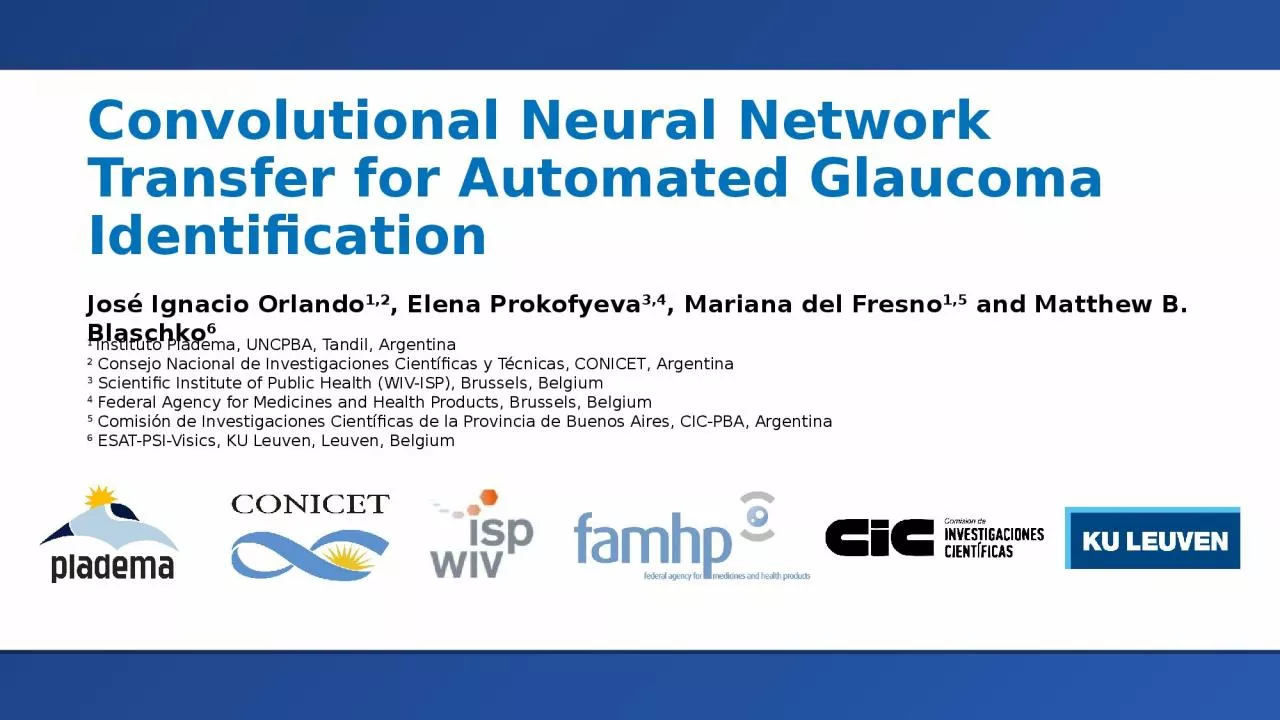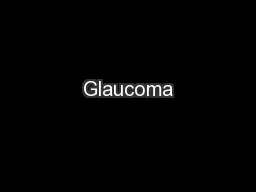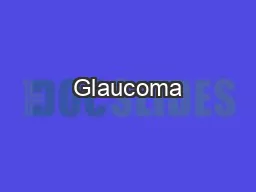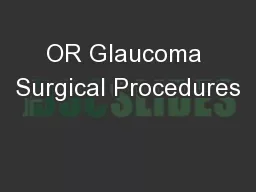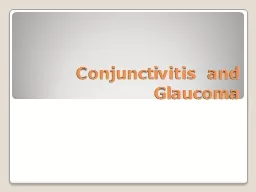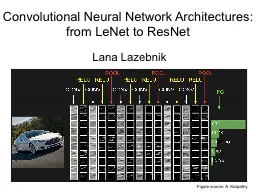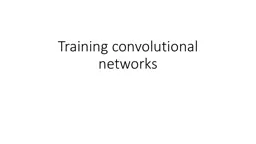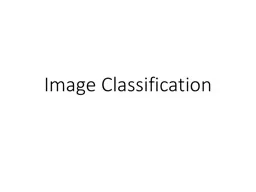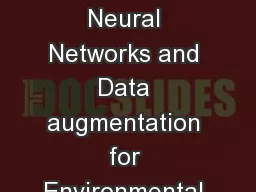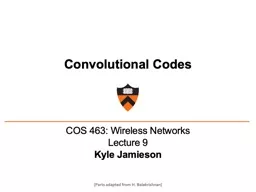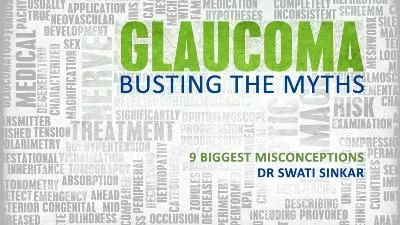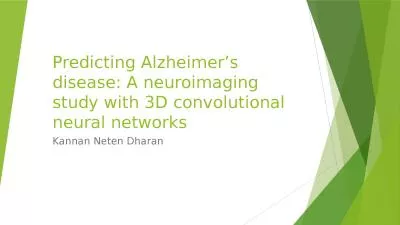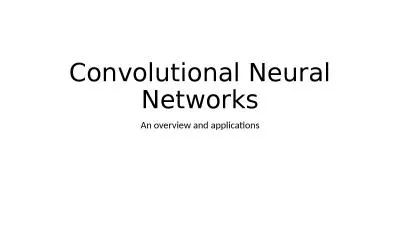PPT-Convolutional Neural Network Transfer for Automated Glaucoma Identification
Author : Princecharming | Published Date : 2022-08-03
José Ignacio Orlando 12 Elena Prokofyeva 34 Mariana del Fresno 15 and Matthew B Blaschko 6 1 Instituto Pladema UNCPBA Tandil Argentina 2 Consejo Nacional
Presentation Embed Code
Download Presentation
Download Presentation The PPT/PDF document "Convolutional Neural Network Transfer fo..." is the property of its rightful owner. Permission is granted to download and print the materials on this website for personal, non-commercial use only, and to display it on your personal computer provided you do not modify the materials and that you retain all copyright notices contained in the materials. By downloading content from our website, you accept the terms of this agreement.
Convolutional Neural Network Transfer for Automated Glaucoma Identification: Transcript
Download Rules Of Document
"Convolutional Neural Network Transfer for Automated Glaucoma Identification"The content belongs to its owner. You may download and print it for personal use, without modification, and keep all copyright notices. By downloading, you agree to these terms.
Related Documents

